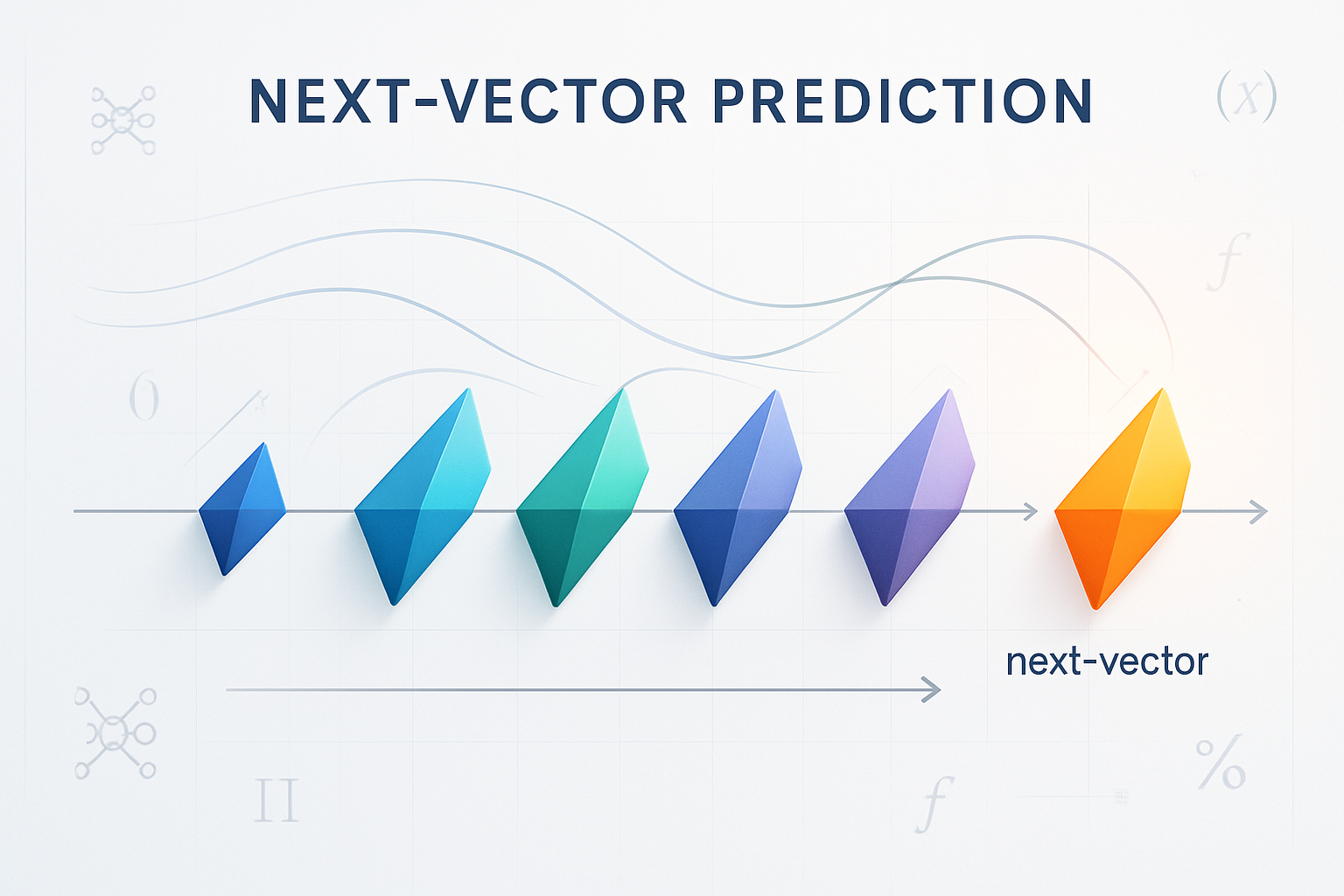In the rapidly evolving world of artificial intelligence (AI), data is the fuel that powers innovation. Imagine a retail company trying to optimize its operations: on one hand, they have neatly organized sales spreadsheets with columns for dates, product IDs, and revenue figures, allowing quick predictions of future trends.
On the other, they’re sifting through thousands of customer reviews—free-form text full of opinions, complaints, and suggestions—that could reveal deeper insights into brand sentiment but require sophisticated tools to unpack.
This contrast highlights the core divide between structured and unstructured data, a distinction that profoundly impacts how AI systems process information, train models, and deliver results.

Structured data refers to organized, easily searchable information stored in formats like databases, where everything fits into predefined rows and columns. Think of it as the tidy filing system of the data world. Unstructured data, conversely, is the messy, free-form content like emails, videos, or social media posts that doesn’t conform to a rigid structure.
According to industry reports, unstructured data makes up about 90% of all enterprise-generated data, driven by the explosion of big data from connected technologies IBM.
Why does this matter in AI? The type of data directly influences processing efficiency, model accuracy, and the kinds of insights you can extract. Structured data enables straightforward analytics, while unstructured data demands advanced techniques like natural language processing (NLP) to turn chaos into clarity.
This guide aims to demystify these concepts, helping you choose effective data strategies for AI projects. We’ll cover definitions, differences, applications, processing methods, challenges, future trends, and more, building a logical progression from basics to advanced insights.
Understanding Structured Data
Structured data is the backbone of many AI systems, characterized by its high level of organization and predictability. At its core, it’s information that adheres to a fixed schema, meaning it’s stored in rows and columns with predefined fields, making it quantifiable and relational. This format allows for easy searching, sorting, and analysis, as the data follows strict rules AWS.
Common examples include SQL databases, where customer records might list names, addresses, and purchase histories in tabular form; CSV files exported from spreadsheets; or sensor readings from Internet of Things (IoT) devices, such as temperature logs with timestamps and values. These structures make the data machine-readable and human-intuitive.
In AI, structured data shines due to its advantages in querying and processing. Tools like SQL enable rapid data retrieval—imagine running a query to filter sales data by region—while Python libraries such as pandas allow for efficient manipulation IBM. This setup supports straightforward machine learning tasks, like regression models predicting stock prices from historical numerical data or classification algorithms identifying fraudulent transactions based on patterned entries.
The accessibility means even non-experts can derive value without deep technical knowledge.
Common Sources and Limitations
Structured data often originates from transactional systems, such as point-of-sale software generating sales logs, or customer relationship management (CRM) platforms like Salesforce, which organize client interactions into databases. These sources ensure consistency and reliability, fueling applications in business intelligence (BI) and predictive analytics.
However, structured data isn’t without limitations. Its rigidity can be a drawback when dealing with evolving needs; for instance, adding a new field like “customer sentiment score” requires schema updates across the entire database, which is time-consuming and resource-intensive IBM. In dynamic AI environments, this inflexibility might hinder adaptation to new data types, pushing organizations toward more flexible alternatives.

Understanding Unstructured Data
In stark contrast to its structured counterpart, unstructured data lacks a fixed format, often appearing as text-heavy or multimedia content that defies easy categorization. It’s essentially information without a predefined schema, making it challenging to organize into traditional databases AWS. This type encompasses a vast array of sources, from emails and social media posts to audio recordings, images, and videos.
Examples abound in everyday digital life: a tweet expressing frustration about a product, a podcast transcript discussing market trends, or surveillance footage from a security camera. Its prevalence is staggering—industry reports indicate that 80-90% of enterprise data is unstructured, a figure expected to hold through 2025 as big data from IoT and social platforms continues to surge IBM; Needl.ai.
The challenges in AI stem from this lack of structure, requiring advanced processing like NLP for text analysis or computer vision for images. Tools must parse nuances, such as detecting sarcasm in a review, which demands significant computational power and expertise data.world. Yet, the benefits are profound: unstructured data offers richer, qualitative insights, revealing customer sentiments or emerging trends that numbers alone can’t capture.
Semi-Structured Data as a Bridge
Semi-structured data serves as a middle ground, lacking a full predefined model but incorporating metadata like tags for better organization. Formats such as JSON or XML files fall here, often used in web data or APIs IBM. In AI, treat it as unstructured when flexibility is key, such as analyzing API responses with embedded text, allowing for hybrid processing that combines ease with depth.
Key Differences Between Structured and Unstructured Data
To truly appreciate their roles in AI, a comparative analysis is essential. Let’s break it down by key dimensions, drawing on established definitions for clarity.
First, format and organization: Structured data is tabular and follows a schema, like a spreadsheet with fixed columns for data types (e.g., numbers, dates) AWS. Unstructured data is free-form, without such constraints, resembling a stream of consciousness in digital form.
On storage and scalability, structured data thrives in relational databases with rigid schemas, ensuring efficient queries but limiting adaptability. Unstructured data suits big data lakes or NoSQL databases, offering scalability for massive volumes but requiring more robust infrastructure IBM.
Ease of analysis differs markedly: Structured data allows simple queries via SQL, ideal for quick insights. Unstructured demands complex algorithms, like ML models for pattern recognition, which can be resource-intensive Needl.ai.
Finally, volume and variety: Structured data is often smaller and uniform, while unstructured is vast and diverse, encompassing everything from text to multimedia data.world.
For a visual aid, consider this comparison table:
| Dimension | Structured Data | Unstructured Data |
|---|---|---|
| Format | Tabular, predefined schema | Free-form, no fixed model |
| Storage | Relational databases | Data lakes, NoSQL |
| Analysis Ease | Simple queries (e.g., SQL) | Complex algorithms (e.g., NLP) |
| Volume/Variety | Smaller, uniform | Vast, diverse |
| AI Implications | Suits supervised learning | Thrives in unsupervised/deep learning |
In AI, structured data excels in supervised learning, where labeled examples train models efficiently. Unstructured data powers unsupervised scenarios, uncovering hidden patterns in raw content IBM. Analogously, structured data is like a neatly filed cabinet—easy to navigate—while unstructured is a pile of unsorted papers, rich but requiring effort to organize.
Role of Structured and Unstructured Data in AI Applications
Both data types play pivotal roles in AI, often complementing each other in real-world applications.
For structured data, predictive analytics is a prime use case. Time-series data from sales records can forecast demand using regression models, as seen in retail inventory systems AWS. In banking, structured transaction logs enable fraud detection by spotting anomalies in patterned data.
Unstructured data drives more interpretive tasks: sentiment analysis on customer reviews uses NLP to gauge opinions, while image recognition in healthcare analyzes scans for diagnostics Needl.ai. Voice assistants like Siri process speech data to respond naturally.
Hybrid Approaches and Tools
Hybrid methods combine both, such as Netflix’s recommendation engine, which pairs structured user ratings with unstructured viewing habits IBM. Tools include TensorFlow for unstructured data processing (pros: powerful for deep learning; cons: steep learning curve) and scikit-learn for structured tasks (pros: user-friendly; cons: less suited for multimedia) data.world.

Processing and Handling Data in AI
Effective AI relies on robust data pipelines tailored to each type.
For structured data, the pipeline involves cleaning (handling missing values), normalization (scaling features), and feature engineering (creating new variables from existing ones) AWS. Tools like ETL (Extract, Transform, Load) processes, such as Apache Airflow, streamline this.
Unstructured data requires tokenization (breaking text into words), embeddings via models like Word2Vec or BERT for vector representation, and extraction techniques like OCR for images Needl.ai. Challenges include data quality in structured sets (e.g., duplicates) versus noise in unstructured (e.g., ambiguous text like sarcasm).
Best practices: Use ETL for structured and NLP libraries like spaCy for unstructured. Ethically, address biases in unstructured sources, ensuring diverse training data to avoid skewed AI outputs IBM.
Challenges and Solutions
Navigating these data types isn’t without hurdles.
Structured data faces scalability issues with growing volumes, where integrating multiple sources can lead to complex schemas AWS. Solutions include cloud databases for elastic scaling.
Unstructured data’s computational demands and need for labeled datasets pose bigger challenges, often requiring ML expertise data.world. Cloud storage like AWS S3 handles volume, while vector databases manage embeddings efficiently Needl.ai.
Case study: Walmart uses structured data for inventory optimization, analyzing sales patterns to reduce stockouts. Conversely, Coca-Cola employs AI on unstructured social media for marketing, extracting trends from posts to tailor campaigns IBM.
Future Trends and Innovations
Looking to 2025, multimodal AI will integrate both data types seamlessly, processing text and images together for holistic insights data.world. Generative AI advancements, like summarizing texts into tables, will bridge gaps Needl.ai.
Edge computing enables real-time unstructured processing, such as on-device video analysis. Improved data lakes and AI ethics frameworks will address privacy, especially in unstructured data IBM. Quantum computing could accelerate analysis, tackling unstructured complexity at unprecedented speeds.
Conclusion
In recap, structured data offers organization and ease for AI tasks like predictions, while unstructured provides depth for nuanced insights, with hybrids maximizing value. Mastering both is key to building robust AI systems. Assess your data needs—start with a small hybrid project, like analyzing sales data alongside customer feedback. For further learning, explore resources like “Hands-On Machine Learning with Scikit-Learn, Keras, and TensorFlow” or online courses on Coursera. Dive in and experiment to unlock AI’s full potential!










